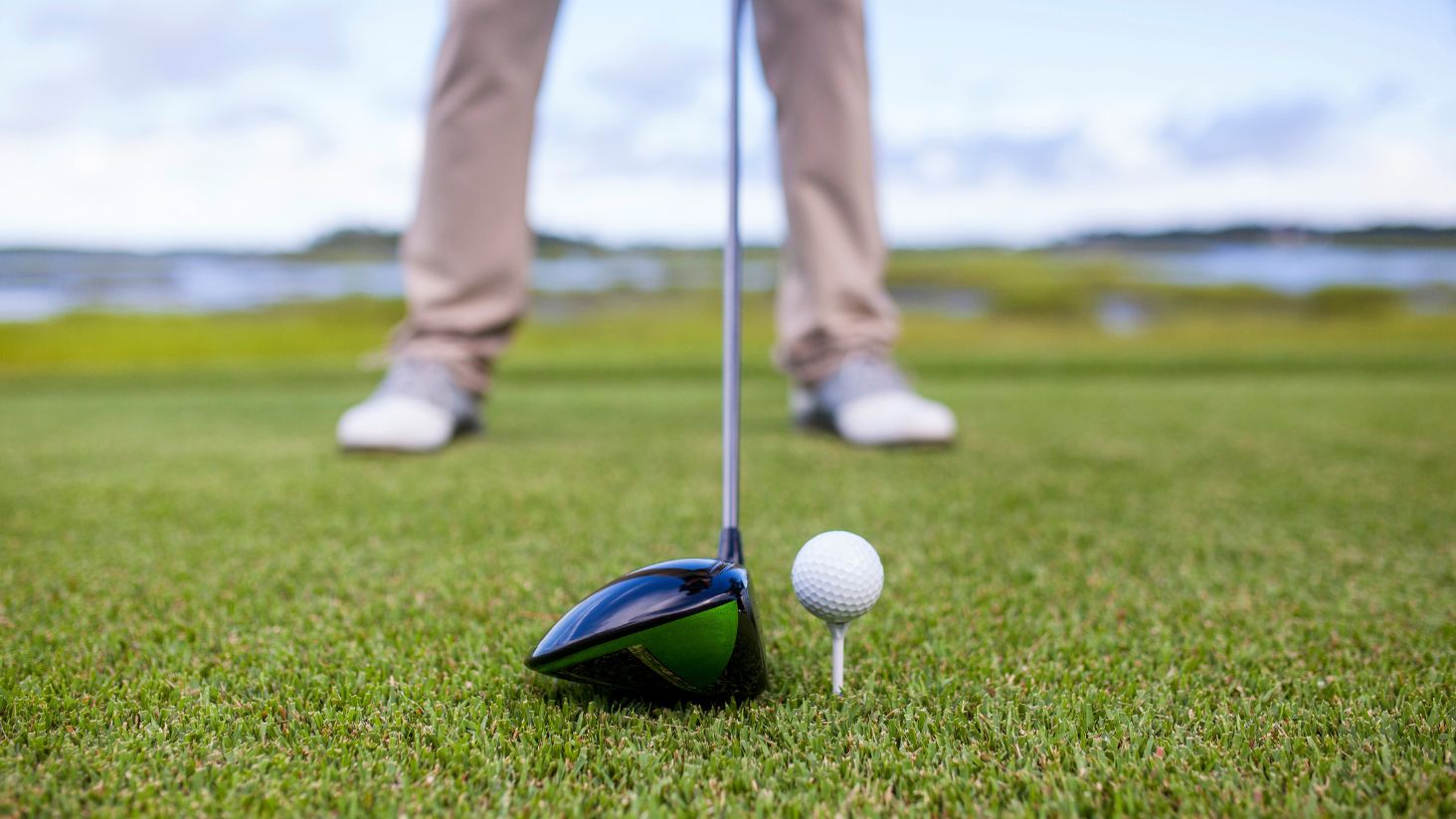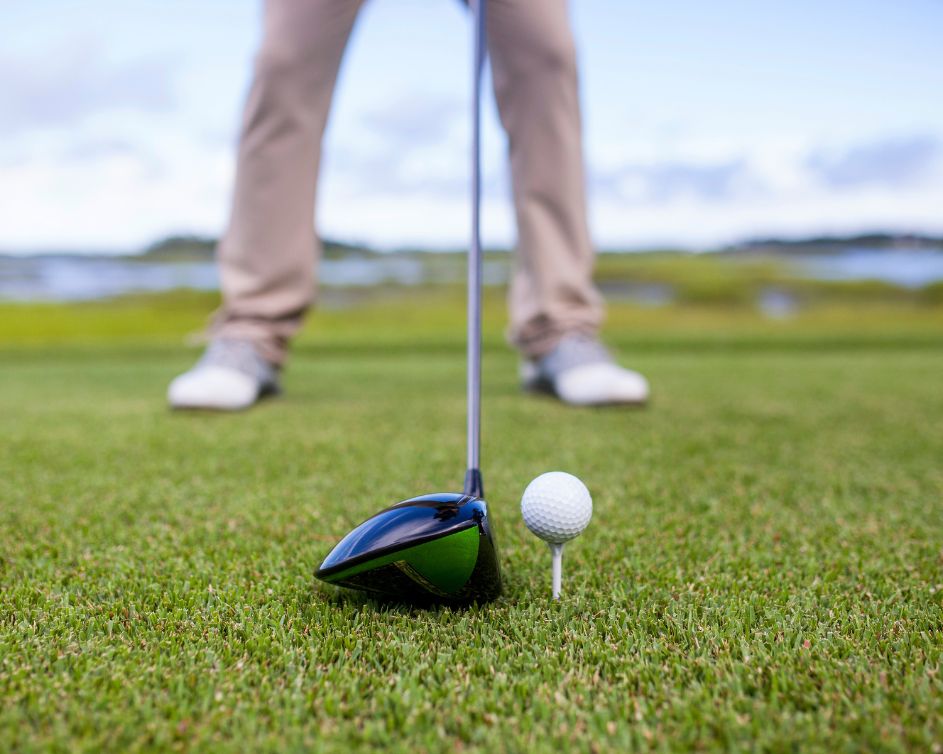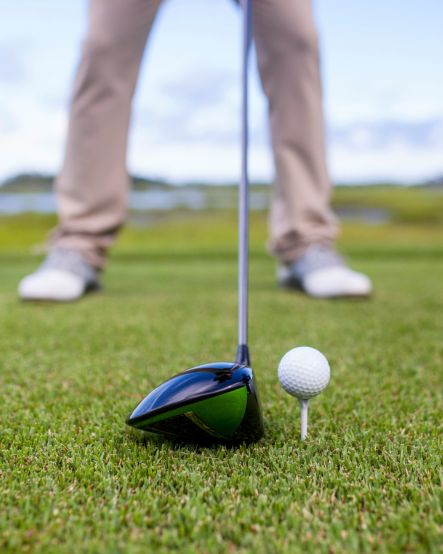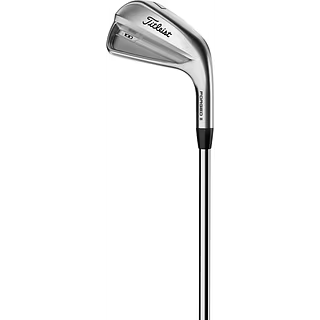


Compare your stroke distances: Are you better than your peers?
Arcco's Distance Report shows: Men's distances stable, women slightly shorter. Age influences distance, but precision is the trump card!
While the professional golf world is constantly discussing explosive shot lengths and the adaptation of rules, the latest"Arccos Annual Driving Distance Report" shows a surprisingly stable picture among amateurs. The report, which is based on over four million rounds played in 2024, offers fascinating insights into the development of driving distance and precision across all age and handicap classes.
Men's driving distance: consistency instead of mega-distances
Perhaps the most remarkable finding of the report is the astonishing consistency of the average driving distance for men. Between 2018 and 2024, the average driving distance of male amateurs hardly changed: from 204.8 meters in 2018 to 204.9 meters in 2024. This indicates that the average driving distance in amateur men's golf has remained largely constant. Despite technical advances in clubs and balls, the average golfer appears to have maintained their maximum distance over the years, but not increased it significantly.
| Handicap Range | 15 to 19 | 20s | 30s | 40s | 50s | 60s | 70s |
|---|---|---|---|---|---|---|---|
| 0.0 to 4.9 | 234.6 | 242.9 | 240.5 | 232.7 | 221.1 | 209.7 | 193.0 |
| 5.0 to 9.9 | 224.5 | 231.9 | 228.6 | 222.1 | 210.6 | 201.3 | 187.6 |
| 10.0 to 14.9 | 214.0 | 221.3 | 217.9 | 211.8 | 201.2 | 190.8 | 177.3 |
| 15.0 to 19.9 | 202.2 | 210.4 | 206.3 | 200.6 | 188.7 | 179.8 | 167.0 |
| 20.0 to 24.9 | 190.8 | 198.6 | 197.6 | 189.9 | 179.8 | 171.1 | 156.7 |
| 25.0 to 29.9 | 189.0 | 191.0 | 189.5 | 182.7 | 173.3 | 165.4 | 153.4 |
| 30+ | 173.2 | 178.6 | 177.6 | 174.6 | 163.7 | 149.3 | 142.6 |
Women: Slight decline, but robust performances
There was a slight decline in the average driving distance for female golfers. From 163.6 meters in 2018, the value fell to 160.9 meters in 2024. Here, too, the shot distances vary considerably depending on age and handicap. If you compare the groups that are furthest apart (women in their 20s with a handicap of up to 4.9 vs. women in their 60s with a handicap of over 30), the difference is over a hundred meters. The younger, stronger group hit almost twice as far (around 91 percent further) than the comparison group.
| Age | 0.0 to 4.9 | 5.0 to 9.9 | 10.0 to 14.9 | 15.0 to 19.9 | 20.0 to 24.9 | 25.0 to 29.9 | 30+ |
|---|---|---|---|---|---|---|---|
| 15 to 19 | 190.4 | 184.1 | 174.5 | 162.7 | 155.5 | 148.6 | 126.7 |
| 20s | 197.8 | 191.0 | 183.1 | 170.8 | 162.3 | 154.6 | 132.8 |
| 30s | 196.9 | 189.1 | 180.7 | 169.2 | 160.8 | 152.0 | 130.8 |
| 40s | 190.2 | 183.0 | 173.9 | 163.6 | 154.5 | 148.4 | 129.3 |
| 50s | 184.4 | 177.2 | 167.3 | 155.8 | 148.0 | 140.7 | 122.9 |
| 60s | 177.3 | 169.2 | 161.6 | 149.0 | 142.3 | 132.8 | 115.8 |
| 70s | 173.2 | 157.0 | 149.3 | 137.6 | 129.5 | 122.9 | 113.1 |
Age: a clear factor for distance
Less surprising, but statistically impressive, is the influence of age on stroke length. Men between the ages of 15 and 19 top the distance rankings with an average of 220.8 meters. This value drops continuously until golfers in their 70s only reach an average of 174.0 meters. This corresponds to a distance loss of over 46.6 meters from the Tee. A similar trend can be observed for women: Female players in their 20s hit the longest Drivers (183.9 meters), while female golfers in their 60s hit the shortest at 144.8 meters. This is a difference of 39.0 meters.
Handicap: Longest drives and highest precision among low handicappers
The report also confirms the intuitive assumption that better players hit further and more accurately. Male low-handicappers (0.0 to 4.9) were both the longest (228.6 meters) and the most accurate (49.3% Fairway hits) players. In contrast, high-handicappers (30+) hit significantly shorter (168.9 meters) and were less accurate (40.6% Fairway hits). This trend is also reflected in the data for women. Low-handicap players (0.0 to 4.9) had the longest drives at 195.9 meters, while high-handicap players (30+) had the shortest drives at 128.4 meters. This corresponds to a difference of around 67.2 meters.
| Year | Men (meters) | Women (meters) |
|---|---|---|
| 2018 | 204.8 | 163.6 |
| 2019 | 203.1 | 162.3 |
| 2020 | 204.0 | 163.2 |
| 2021 | 202.4 | 163.9 |
| 2022 | 204.3 | 162.8 |
| 2023 | 205.2 | 162.7 |
| 2024 | 204.9 | 160.9 |
"Accuracy Gains": When distance fades, precision wins
A particularly fascinating aspect of the report is the analysis of accuracy with age, often referred to as "Accuracy Gains". While distance decreases with age, there is a remarkable trend in accuracy:
-Men: paradoxically, the most accurate male golfers are the oldest. Men in their 70s hit 56.5% of Fairways, which is 17.5 percentage points higher than the least accurate 20-year-olds (39.0%). The report suggests that a lower handicap with age may be compensated for by greater accuracy. For low-handicap men, a 50.3-meter loss in distance between the ages of 20-29 and 70-79 is associated with an increase in Fairway accuracy of about 40%.
-Women: Similar to men, women in their 60s are the most accurate with 62.2% hitting the Fairway, while women in their 20s are the least accurate at 45.1%. This underlines a consistent trend towards increased driving accuracy with increasing age. However, no significant correlation was found between handicap and driving accuracy in women.
The Arccos Driving Distance Report 2025 once again provides valuable data-based insights for golfers and coaches. It makes it clear that in amateur golf it is not just distance that determines success, but that the ability to keep the ball precisely in play becomes more important with increasing age. For many golfers, this means that those who want to continue playing with a low handicap in old age may rely more on brains and precision than on raw distance.
AI tools were used to create this article.




Release date
13 Jul 2025
photos
Compare your stroke distances with those of other players. Are you one of the longest? (Photo: Adobe Stock)

